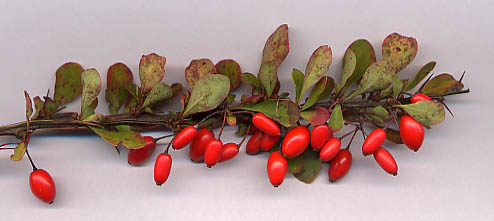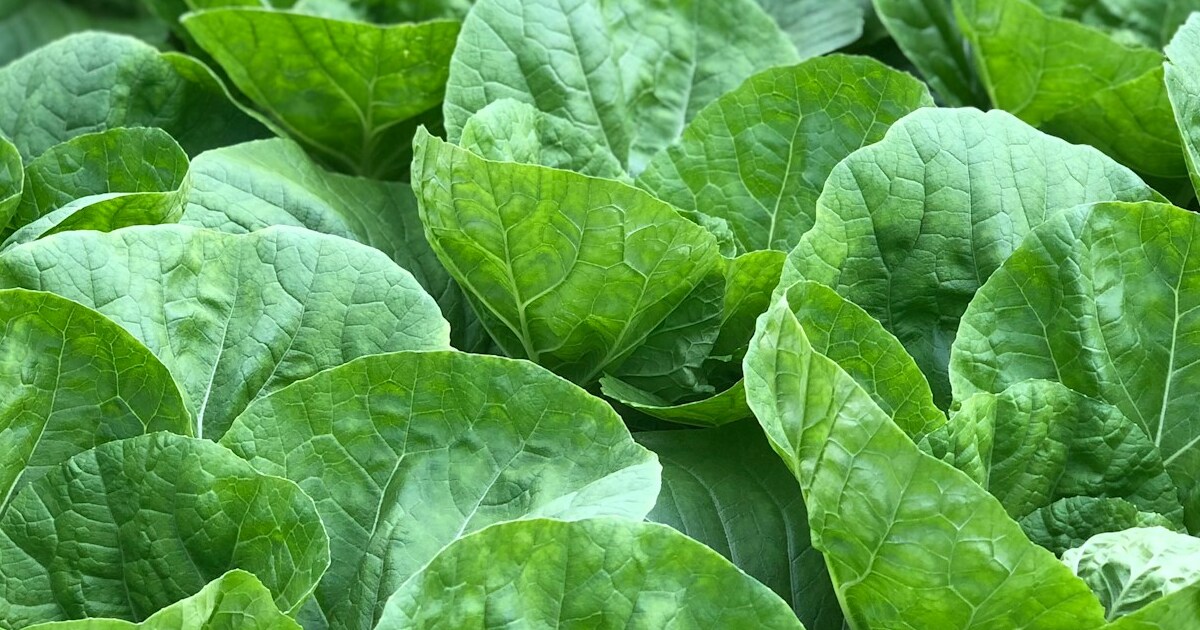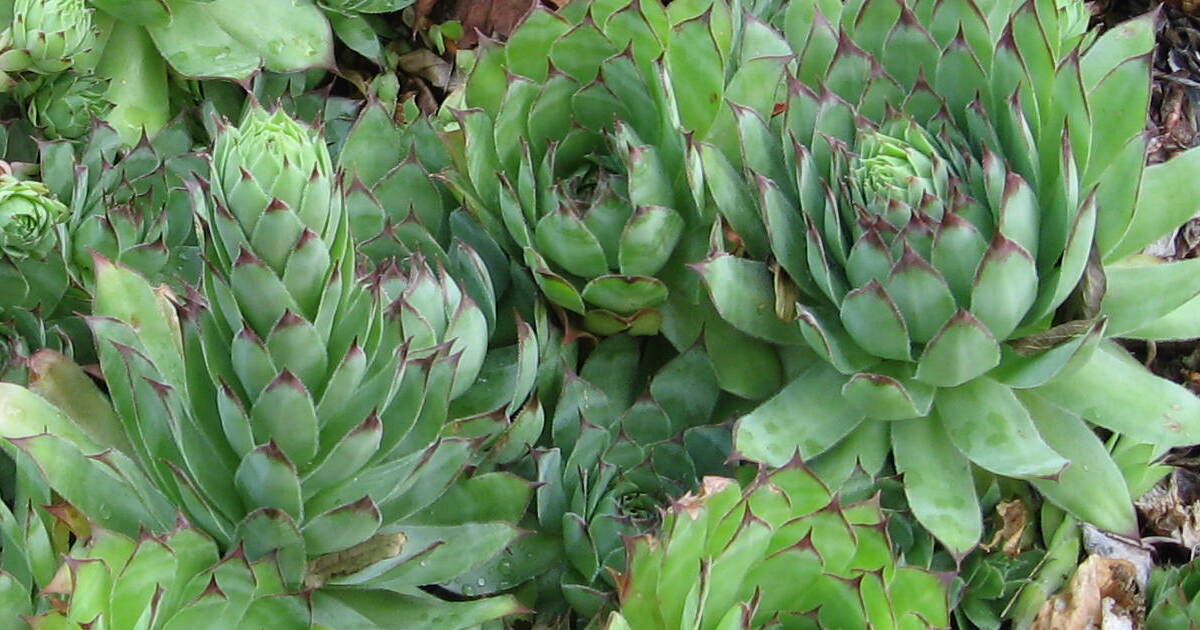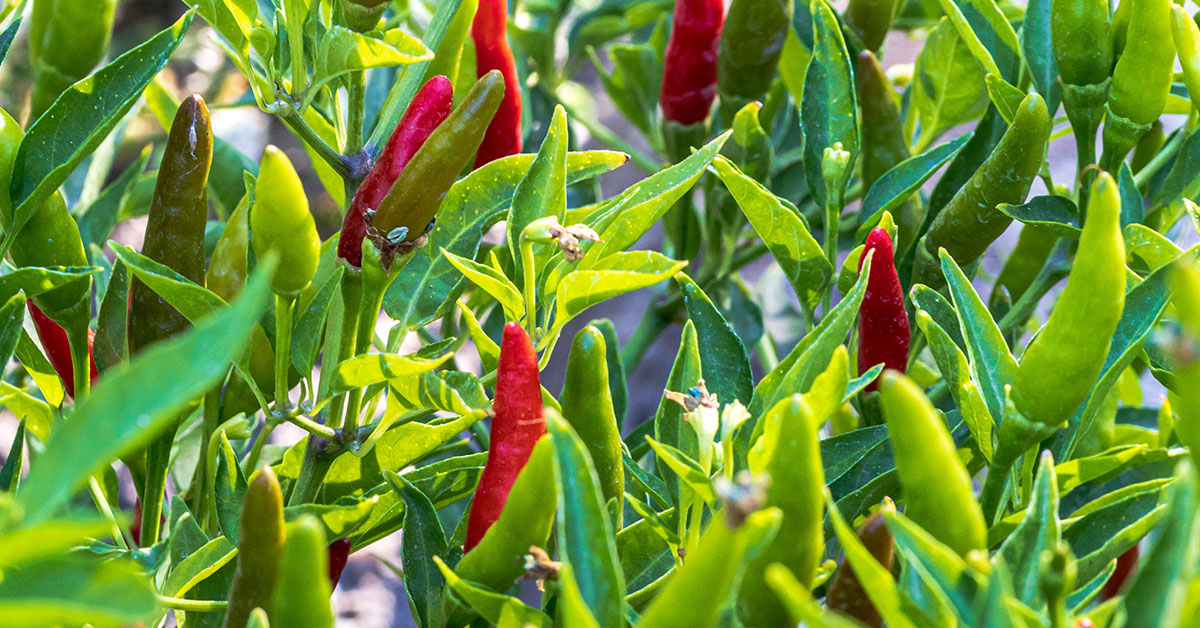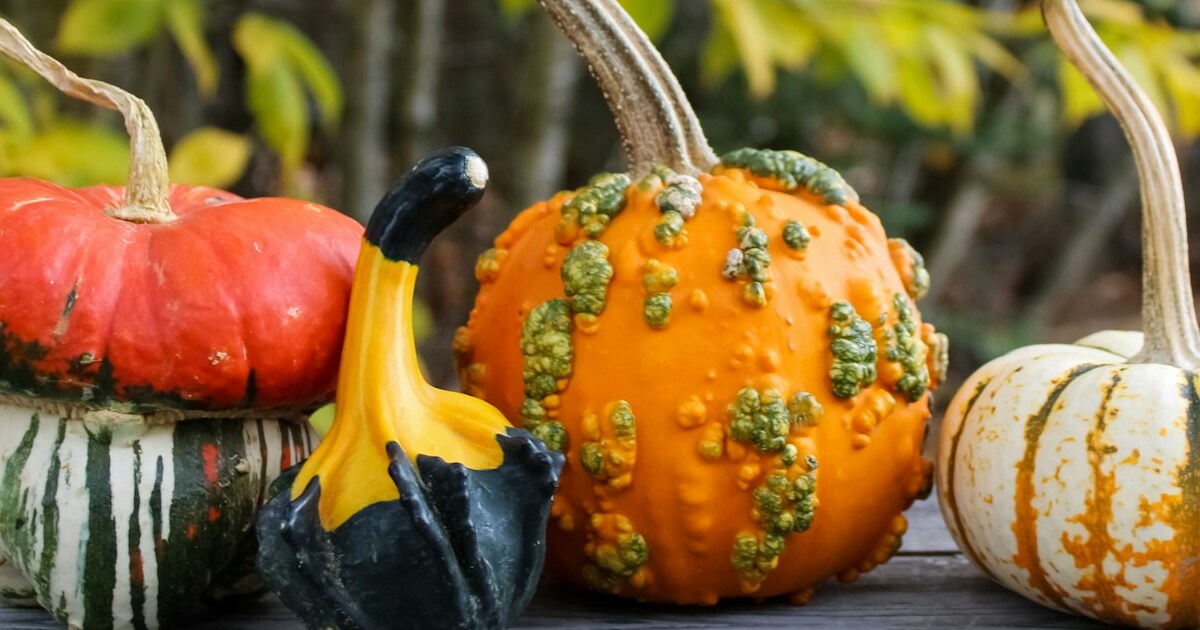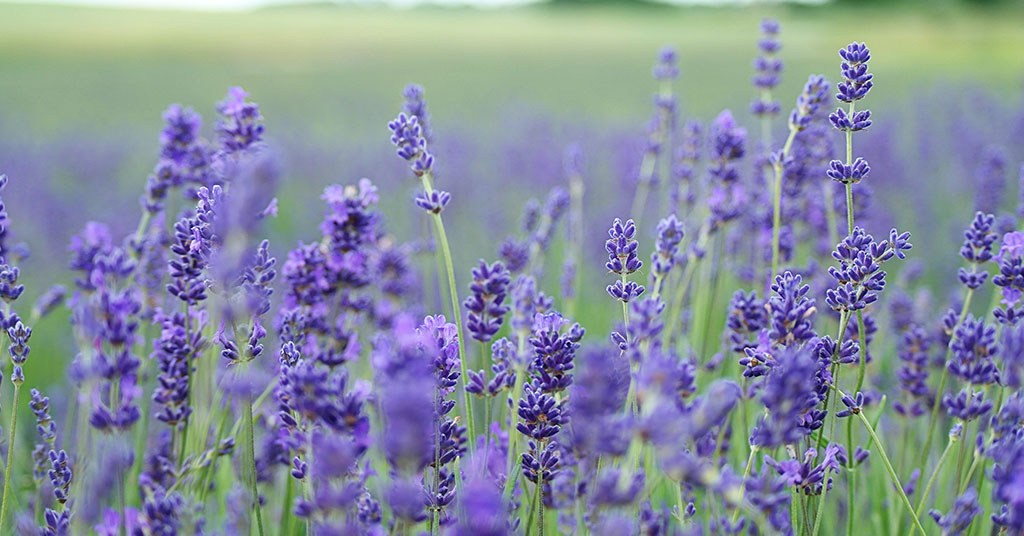It’s such a relief when a living wall of shrubs not only gives you privacy but also creates a vibrant ecosystem right at your property line! Whether you’re tired of nosy neighbors peeking in or want to shield your garden from chilly winds, choosing the right barrier plants can transform your yard into a sanctuary. I know how frustrating it is when flimsy fencing fails or when you feel exposed—so let’s dive into shrubs that stand tall, block views, and invite wildlife to call your hedge home.
From evergreen sentinels that hold their form year-round to flowering natives that attract nesting birds and pollinators, each of these twelve picks brings unique benefits. We’ll cover where they’re native, whether they tend to wander beyond their bounds, and how birds or beneficial insects use them for shelter and nesting. Ready to build a barrier that does double duty for privacy and wildlife? Let’s get planting!
Common Privet (Ligustrum vulgare)

Native to Europe, Common Privet has escaped cultivation in many regions and is now considered invasive in parts of North America. Its dense, glossy foliage makes an excellent privacy screen, and it tolerates heavy clipping into formal hedges. However, be mindful: birds love its clusters of white flowers and black berries, which help spread its seed prolifically.
Despite the invasiveness, Privet offers nesting spots for songbirds like warblers and finches in spring, and the thick hedge provides safe cover from predators. If you opt for this fast-growing shrub, remove young seedlings from the understory to keep it contained, and consider sterile cultivars if invasiveness is a concern!
American Holly (Ilex opaca)
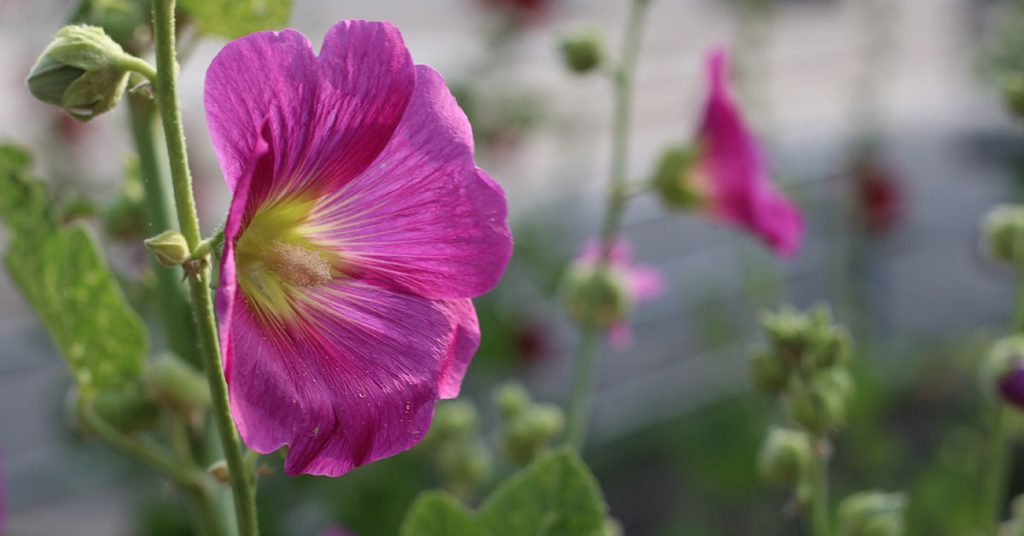
A true North American native, American Holly boasts glossy, spiny leaves and bright red berries through winter. It’s non-invasive, slow-growing, and perfect for year-round screening. I planted mine ten years ago and now have a dense two-story barrier that even deer steer clear of!
The berry crop is a feast for cedar waxwings and American robins in colder months, and the evergreen branches offer nesting sites for mockingbirds and cardinals. Holly’s dense form also deflects wind effectively—an ideal choice if you’re battling blustery conditions!
Rugosa Rose (Rosa rugosa)
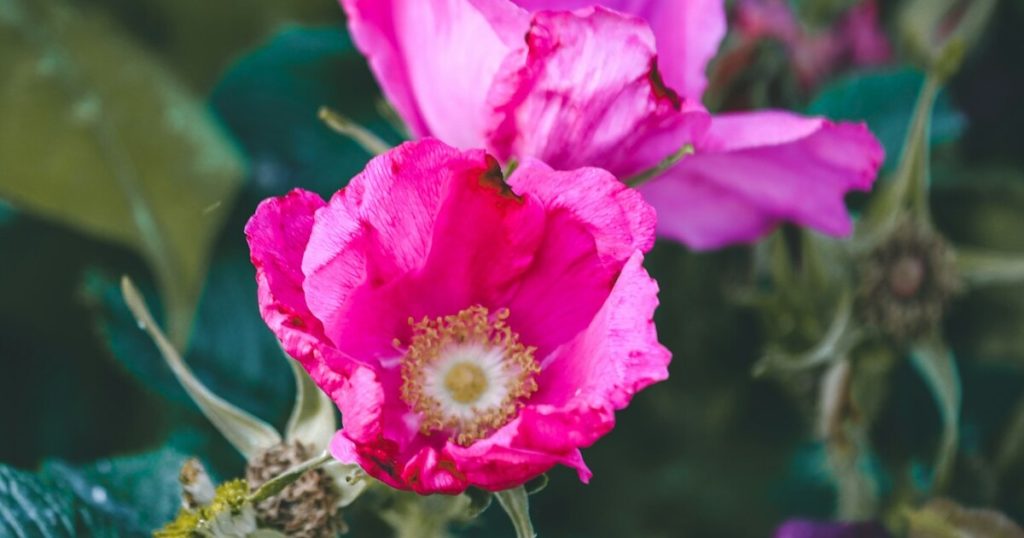
Originally from eastern Asia, Rugosa Rose is prized for its fragrant blooms and large, vitamin-rich hips. In some coastal and temperate regions, it can spread via runners and seed, so it’s classified as invasive in places like parts of the Pacific Northwest.
That said, its thorny canes form an impenetrable barrier against casual intruders (and rabbits!). Bumblebees and solitary bees nest in the tangled stems, while songbirds use the hips to fatten up for migration. If you don’t mind occasional self-seeding, Rugosa Rose is both beautiful and formidable!
Inkberry Holly (Ilex glabra)
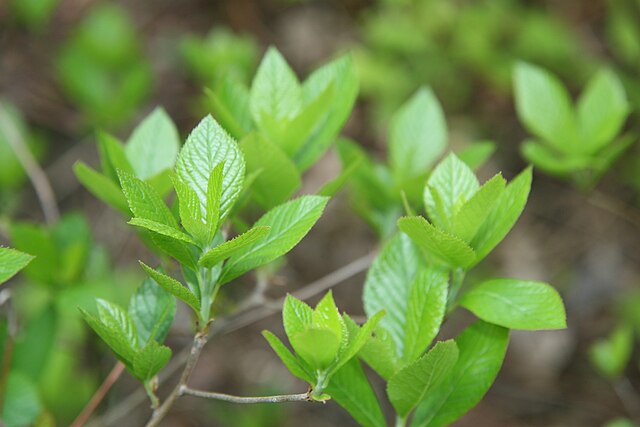
Native to the eastern United States, Inkberry Holly is a broadleaf evergreen that stays neat without constant pruning. It’s non-invasive and thrives in both sun and part shade, making it versatile for damp or dry sites alike.
Birds such as thrushes and towhees relish the dark berries, and the branching habit offers ideal nesting tunnels for wrens. I find Inkberry’s lustrous foliage gives my garden a polished look while still supporting wildlife year-round—what’s not to love?
Boxwood (Buxus sempervirens)

Boxwood hails from Europe and Asia and is generally well-behaved outside its native range. Its small, dense leaves and slow, compact growth make it the paragon of formal hedges. While boxwood doesn’t spread invasively, it does require regular pruning to maintain its shape.
Many small songbirds—think goldcrests and warblers—use the twiggy interior for shelter and even nest inside larger hedges. Though boxwood doesn’t offer berries, its evergreen canopy provides essential cover through snowy winters!
Eastern Redcedar (Juniperus virginiana)

A versatile North American native, Eastern Redcedar tolerates poor soil and salt spray, making it ideal for tough sites. It can self-seed under the right conditions, so monitor seedling spread if you don’t want volunteers popping up elsewhere.
The scale-like foliage and dense form block both wind and prying eyes, and its branches become roosting sites for cedar waxwings. These slender conifers also produce fleshy blue juniper berries that attract migratory birds in fall—creating a dynamic barrier that’s alive with wildlife!
Japanese Barberry (Berberis thunbergii)

Native to Japan, Japanese Barberry has been widely planted for its vivid foliage, but it’s invasive in many eastern states. Its thorny branches form a near-impenetrable hedge, perfect for deterring unwanted guests—humans and critters alike!
Interestingly, its dense thickets provide cover for ground-nesting birds like towhees, although the ecology can be disruptive to native understory plants. If you choose Barberry, select sterile cultivars (e.g., ‘Crimson Pygmy’) and remove any seedheads to curb spread.
Arborvitae (Thuja occidentalis)
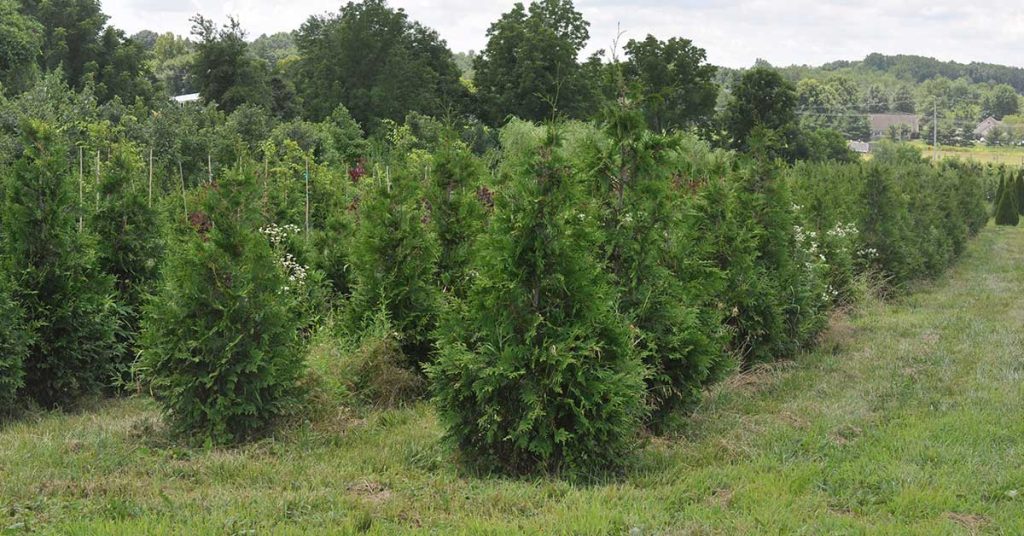
Also called Northern White Cedar, Arborvitae is a hardy North American native renowned for its columnar habit—ideal for tight spaces. It’s non-invasive and grows in a neat, fast-forming screen that can reach 20–30 feet tall.
Chickadees and nuthatches often build nests in the crooks of its branches, enjoying the protection this evergreen provides. When I planted a row along my driveway, I gained both a privacy wall and a lively bird neighborhood—what a combo!
Arrowwood Viburnum (Viburnum dentatum)

This Midwestern and eastern U.S. native viburnum forms a broad, multi-stemmed bush with clusters of white flowers in spring and dark berries in fall. It’s non-invasive, and its coarse texture makes a wonderful informal screen.
Butterflies sip from the flowers, and thrushes devour the berries while nesting in the tangle of branches. Arrowwood’s seasonal interest—flowers, fruit, and vibrant fall color—makes it one of my go-to shrubs for both function and beauty!
Wax Myrtle (Morella cerifera)
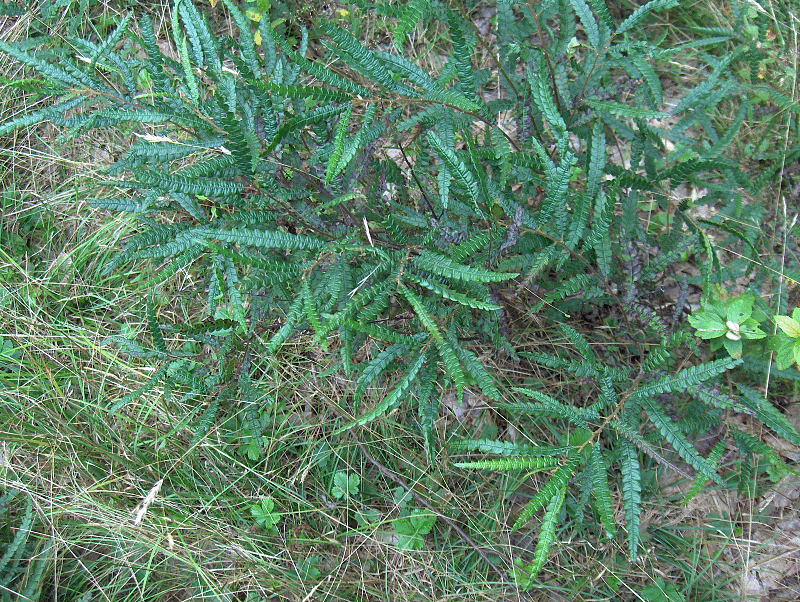
Native from Virginia to Florida, Wax Myrtle is a fast-growing evergreen that tolerates salt, clay, and drought. It isn’t invasive and quickly forms a dense barrier with fragrant foliage—perfect for windbreaks near the coast.
The small waxy berries feed migrating songbirds, and the bush’s airy structure provides nesting cavities for wrens and gnatcatchers. I appreciate how wax myrtle can handle tough conditions while still supporting local wildlife!
Serviceberry (Amelanchier alnifolia)

Also called Juneberry, this North American native offers multi-seasonal appeal with early spring flowers, summer berries, and stunning fall foliage. It’s non-invasive and can be pruned into a fine-textured hedge or left as a small multi-stemmed tree.
Birds like cedar waxwings and robins flock to pick the sweet berries, and the twiggy branches serve as songbird perches. My serviceberry hedge looks like a woodland border, yet it’s just outside my kitchen window—truly one of my favorite landscape features!
Summersweet (Clethra alnifolia)
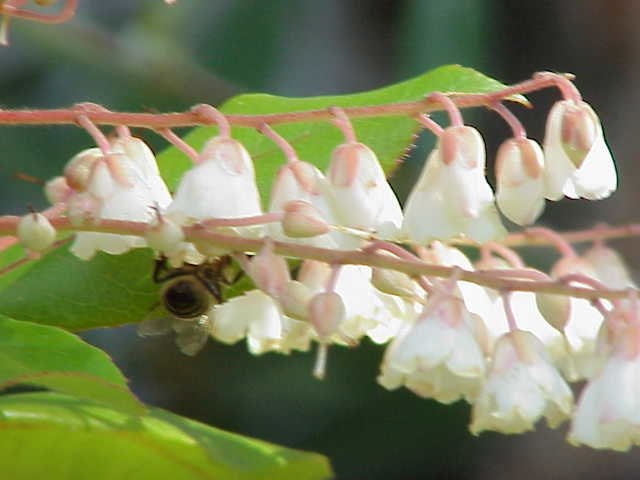
A gem of the Atlantic coast, Summersweet thrives in sun or shade and wet soils. It’s a non-invasive native that forms fragrant spires of white or pink flowers in midsummer, offering a refreshing scent on hot days.
Bumblebees and hummingbirds patrol the blossoms, and the bush’s dense habit makes a fine privacy screen. I love how the honey-scented blooms lure pollinators to my backyard—summertime never smelled so sweet!


